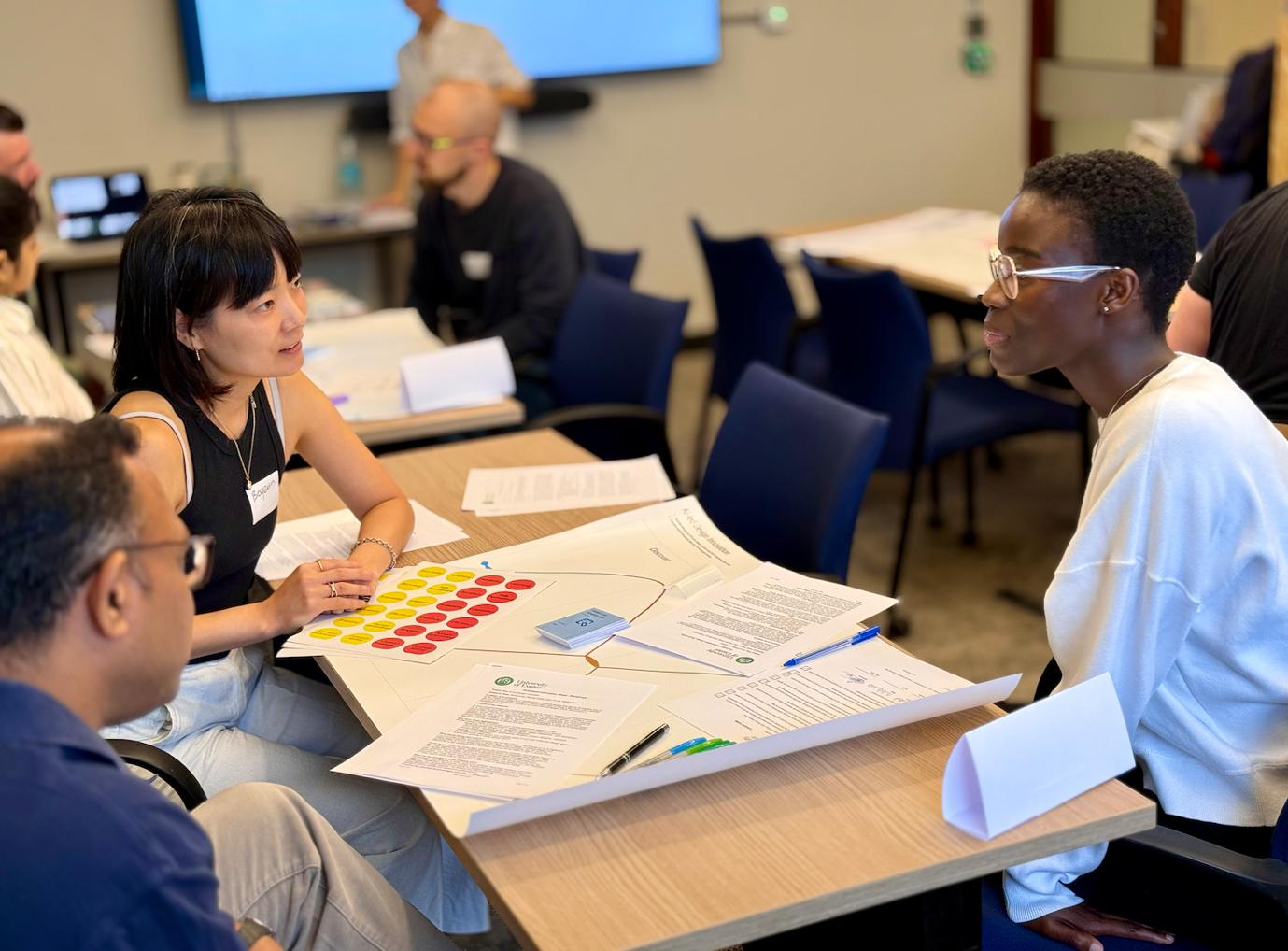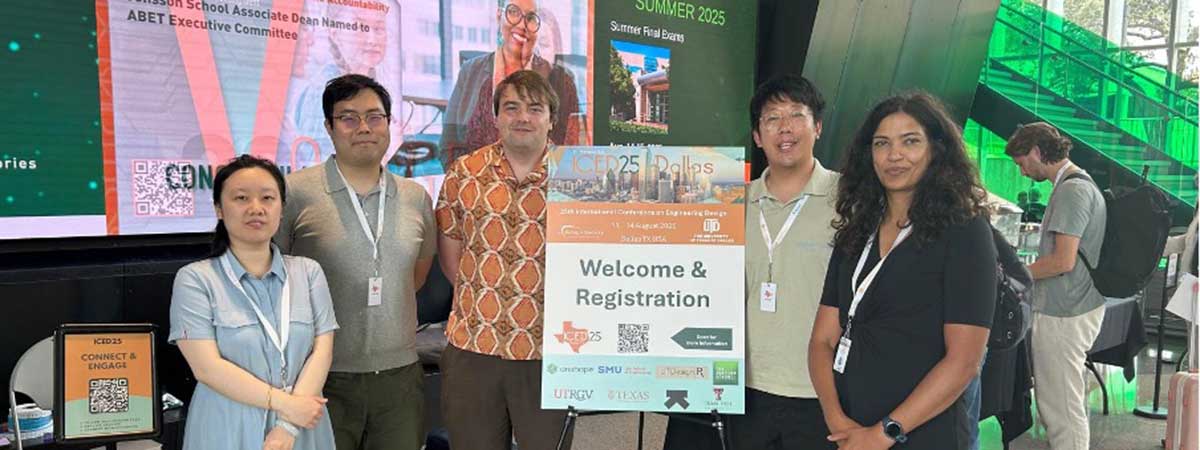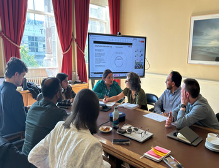Paper by Philip Cash, Elies Dekoninck, and Saeema Ahmed-Kristensen
Distributed design teams are commonplace, with globalisation, where parts of the value chain are offshored or outsourced. Today, as a result of the COVID-19 pandemic, non-co-located design teams are everywhere.
Shared understanding is central to a design team’s performance and to the success of distributed development projects. While current literature describes general relationships between team interaction and the development of shared understanding, it is not known if or how dynamic patterns in team processes impact this. Using a comparative study, we describe dynamic process patterns that influence the relationship between collaborative design work and shared understanding development. We propose two major patterns that impact shared understanding development: taskwork-teamwork interdependency and inter-action heartbeat, and describe how what we term cross-level pattern alignment moderates their effect. We propose a conceptual model that integrates these insights and provides testable propositions. As such, this work has significant implications for both design researchers and practitioners.
This paper explored how dynamic patterns in team processes impact the development of shared understanding during design work. Based on an exploratory, in-depth comparative study we develop novel theoretical propositions that suggest how dynamic patterns in team processes can have a substantial moderating effect on the development of shared understanding in design. First, we propose a pattern of ‘taskwork-teamwork interdependency’. Second, we characterise a rhythmic ‘inter-action heartbeat’ pattern. We describe how both of these patterns appear to moderate the relationship between collaborative design work and the development of shared understanding. Third, we propose that ‘cross-level pattern alignment’ between these two patterns moderates their effect. Finally, we show how this cross-level alignment is supported by linked team coordination and representation action. We synthesise these insights into a conceptual model and propositions with implications for design process theory, as well as design practitioners. Importantly, our results begin to question the general assumption for shared understanding development that ‘more is better’ with respect to teamwork, team coordination, and knowledge sharing. Rather, we show that the dynamic patterns in team processes identified in this work critically impact the relationship between collaborative design work and shared understanding development.
In terms of practice, our findings offer three actionable insights. First, design teams should be encouraged to draw up meta-models that link their product and process (e.g. diagrams which link the output from their taskwork and teamwork via mindmaps or cause-effect chains). Such meta-models should be used to deliberately manage progression between teamwork and taskwork related topics of discussion. Second, design teams should be encouraged to deliberately structure their combination of information, knowledge sharing and representation actions, following a ‘heartbeat’ where actions are distinctly separated, and time is allowed for reflection, particularly at transition points between taskwork and teamwork. Teams should maintain a focus on a single aspect of the design work coupled with a single main action, resolving aspects of the problem/solution one at a time. Finally, while team coordination is generally important, its effectiveness is dependent on its position in the process and its representational support. Design teams should be encouraged to focus coordination effort at transition points between taskwork and teamwork, and to support this with representation e.g. by drawing and expanding a meta-model that captures the interface between product and process.
Photo by Stefan Steinbauer on Unsplash





